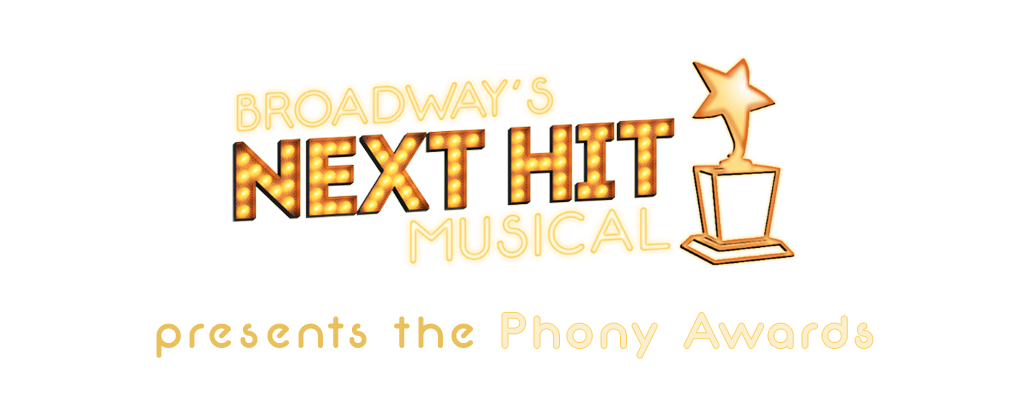In improvisation, we have what is called a "callback". This is when an improviser refers to something from an earlier part of the scene / show. When done right, a call back can add power to a moment. Think of The Shawshank Redemption (SPOILER ALERT!). We think of the poster as meaning one thing until we find out that in fact it is his key to salvation. It is a very powerful tool because the audience already sees something in one context and is delighted to find it in a separate context.
However...
There are those improvisers who abuse the callback. Too many callbacks take away from the power of the callback. This is also how I feel about the music of Ani DiFranco. I love 3 or 4 songs. I don't need 8.
Use the callback carefully, sparingly and with dignity. Do not abuse the callback. It's power lies in it's careful placement...just like the pick axe inside the bible in Shawshank.
Get it? That was a callback!
Come see Broadway's Next Hit Musical use callbacks in a good way on April 30th at The Triad at 10pm.
However...
There are those improvisers who abuse the callback. Too many callbacks take away from the power of the callback. This is also how I feel about the music of Ani DiFranco. I love 3 or 4 songs. I don't need 8.
Use the callback carefully, sparingly and with dignity. Do not abuse the callback. It's power lies in it's careful placement...just like the pick axe inside the bible in Shawshank.
Get it? That was a callback!
Come see Broadway's Next Hit Musical use callbacks in a good way on April 30th at The Triad at 10pm.




